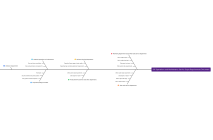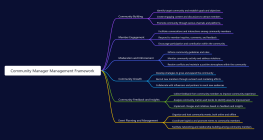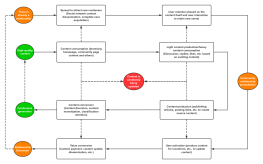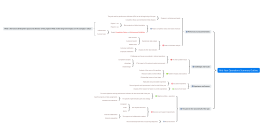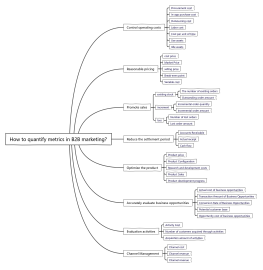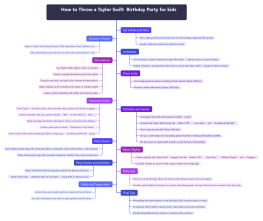How to implement community operations
2024-11-12 11:03:04 152 1 Report 0
1
Login to view full content
This mind map outlines the essential steps for implementing effective community operations. It begins with identifying and describing seed user portraits, emphasizing the significance of understanding user group commonalities to ensure consistent community value and content. The next step involves recognizing the value the community can offer, addressing the personal, social, and humanistic needs of its members. Planning the community's growth path follows, guided by key elements like interests and structure. The map also covers finding seed users, enhancing community services, fostering user growth, and deploying strategic community dissemination methods, all aimed at building a thriving, value-driven community.
Other creations by the author
Outline/Content
Step 1: positioning and describing seed user portraits
Operators who have worked in community operations or product operations and other various operational positions are all aware of the importance of seed customers. From the very beginning, seed users can set the tone for the group's commonality in the community. The stronger the group's commonality among community users, the more consistent the content and value output of the community will be, and the higher the conversion rate of corresponding product sales will be.
How to find the "group commonalities" of user groups as accurately as possible and conduct user portrait analysis is a task that must be done in the early stage of community operation.
Step 2: Understand the value you can provide
What value can you provide as a community?
Before answering this question, we need to know: What kind of value do most users want to gain when they join a community?
From a rational perspective, they join the community to gain personal growth and accumulate resources, including but not limited to money, experience, knowledge, connections, and so on.
From an emotional perspective, they join the community to increase their social currency, have more social capital, and better show themselves in front of their friends.
From a humanistic perspective, they join the community to find more people with the same interests and values, and move forward with them, reasonably achieving a long-term goal that is internally recognized.
After understanding the value they need to obtain, the corresponding community leaders will know what kind of value they can provide, and create their own communities around this point, continuously outputting value content.
Step 3: Plan the growth path of the community
Mr. Qiuye once summarized the 5 elements of a community in his "Community Marketing Practical Manual", which are: common interests, structure, output, operation, and replication. These 5 elements correspond to the 3 stages of community development. It is most appropriate to plan the community route based on these 5 elements.
Step 4: Find seed users
First of all, before proceeding with this step, we have already described the user portraits of the community and have a certain understanding of the dynamic trends of this group. On this basis, there are many corresponding methods to find seed users, including resource exchange, attracting traffic from online activities, finding groups to join in relevant communities, etc.
Step 5: Community Services
Community service is an important means to enhance the value of the community. It can help community owners create the overall atmosphere of the community and enhance the stickiness of community members. It is also an important part of the refined operation stage of Community 2.0.
Different types of communities provide various community services. Taking the communities cooperating with Xingxiu as an example, the single dating community "Single Star Chief" aims to organize rich and interesting activities for single young people, allowing them to find their ideal partner through long-term interaction; the calligraphy learning community "Ke Yi Shufang" will use WeChat group live broadcasts and other methods to teach and answer questions, so that the doubts of group members can be answered as soon as possible.
Although the services provided by different communities vary, the basic principle is the same: to provide high-quality community services tailored to the characteristics of the corresponding user groups.
Step 6: User Growth/Advancement
At different stages of community development, the focus of setting up user screening mechanisms varies, but at any stage, providing different services based on users' growth/advancement is a very important matter.
1. Establish a multi-tier reward mechanism in the activity and screen KOLs.
In the activity, set up gradient rewards, such as inviting 5 people, 20 people, and 100 people to give different rewards respectively. The principle of this is a bit similar to the high school math test paper. When a test paper does not set up the difficulty of the relay, most of them will get similar scores, so the teacher cannot judge which are the top students, which are the average students (the losers are basically constant losers)
Similarly, setting up graded rewards in community activities can motivate KOLs from different levels to use their own resources for expansion, while fully meeting user needs. It can also help community leaders screen out high-quality KOLs, providing strong support for future community development.
2. Set up multi-stage course selection, giving users more room for progress
In the same way, setting gradient rewards in community activities can mobilize KOLs from different classes to use their own resources to expand. While fully meeting the needs of users, it can also help community owners select high-quality KOLs for the community. Provide strong support for subsequent community development.
Therefore, in the setting of community courses, community owners also need to set up a certain advanced mechanism to meet the needs of high-value members.
Step 7: Community Dissemination
What are the ways to spread a community? The most common one is event spreading.
In addition to regular activities, sharing screenshots, collecting likes, and promoting through distribution can also make community brands or products widely spread, but before using these marketing tools, remember: the iron needs to be strong itself.
What channels can a community spread through? The most common ones are the following two:
1. WeChat group promotion
Since you can use group resources to find seed users, you can naturally use these group resources when promoting the community. Of course, please discuss with the group owner before promoting, as it is someone else's place, basic etiquette is still required.
2、The friend relationship chain of KOL
Why does the front emphasize the screening of KOLs? In fact, it is because KOLs have a wide range of friends. By using their relationship chain for community communication, the community can be effectively expanded.
A high-value growth community not only builds a mature community operation system itself, but also gathers a large number of people with the same values, helping them to realize their respective values. This is also the core goal and philosophy of the growth community.

Collect
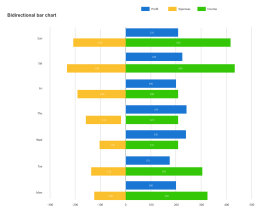
Collect
0 Comments
Next page
Recommended for you
More

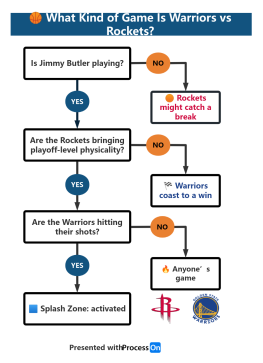
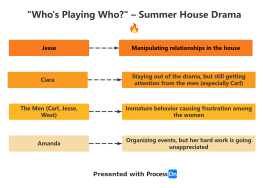
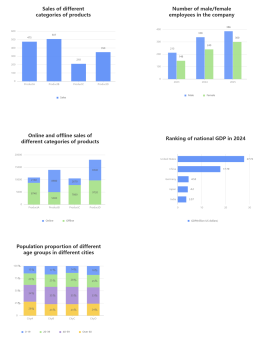
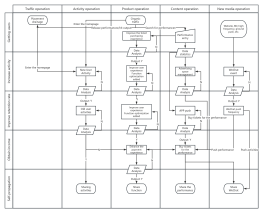

![Customer Mind Reach Map [Community Group Buying]](https://www.processon.io/chart_image/template/thumb/66cef103bc965134206eee57.png?tid=66cef09cbc965134206eed8f)
